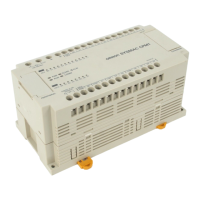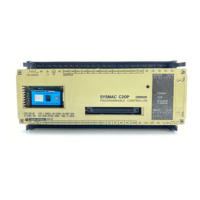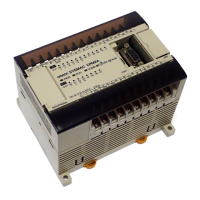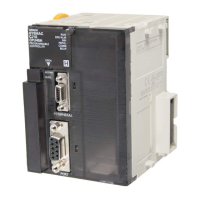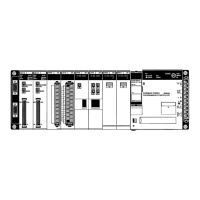!
330
D00000 $C00B
D00001 $0000 X
0
D00002 $0000 Y
0
D00003 $0005 X
1
D00004 $0F00 Y
1
D00005 $001A X
2
D00006 $0402 Y
2
↓↓ ↓
D00025 $05F0 X
12
D00026 $1F20 Y
12
1 1 0 0 000000001011
Bit
15
Bit
00
Output and
input both
binary
(m–1 = 11: 12 line
segments)
Content Coordinate
x=S
In this case, the source word, CIO 0010, contains 0014, and f(0014) = 0726 is
output to R, CIO 0011.
X
Y
$1F20
$0F00
$0726
$0402
(0,0)
$0005 $0014 $001A $05F0
(x,y)
5-24 PID and Related Instructions
5-24-1 PID CONTROL: PID(270)
(270)
PID S C D
Ladder Symbol
Operand Data Areas
S: Input word CIO, G, A, DM, DR, IR
D: Output word CIO, G, A, DM, DR, IR
C: First parameter word CIO, G, A, DM,
Caution A total of 33 continuous words starting with P1 must be provided for PID(––) to
operate correctly. Also, PID(––) may not operate dependably in any of the fol-
lowing situations: In interrupt programs, in subroutines, between IL(02) and
ILC(03), between JMP(04) and JME(05), and in step programming
(STEP(08)/SNXT(09)). Do not program PID(––) in these situations.
Description When the execution condition OFF, PID(270) is not executed. When the execu-
tion condition is ON, PID(270) carries out PID control according to the desig-
nated parameters. It takes the specified input range of binary data from the con-
tents of input word S and carries out the PID action according to the parameters
that are set. The result is then stored as the manipulated variable in output word
D.
If the settings are not within the range of the PID parameters, the Error Flag
(A5003) will turn ON and the PID action will not be executed. The Error Flag will
also turn ON if the actual sampling period is two or more times the sampling peri-
od that has been set. In this case, however, the PID action will still be executed.
(CVM1 V2)
PID and Related Instructions Section 5-24
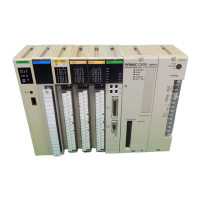
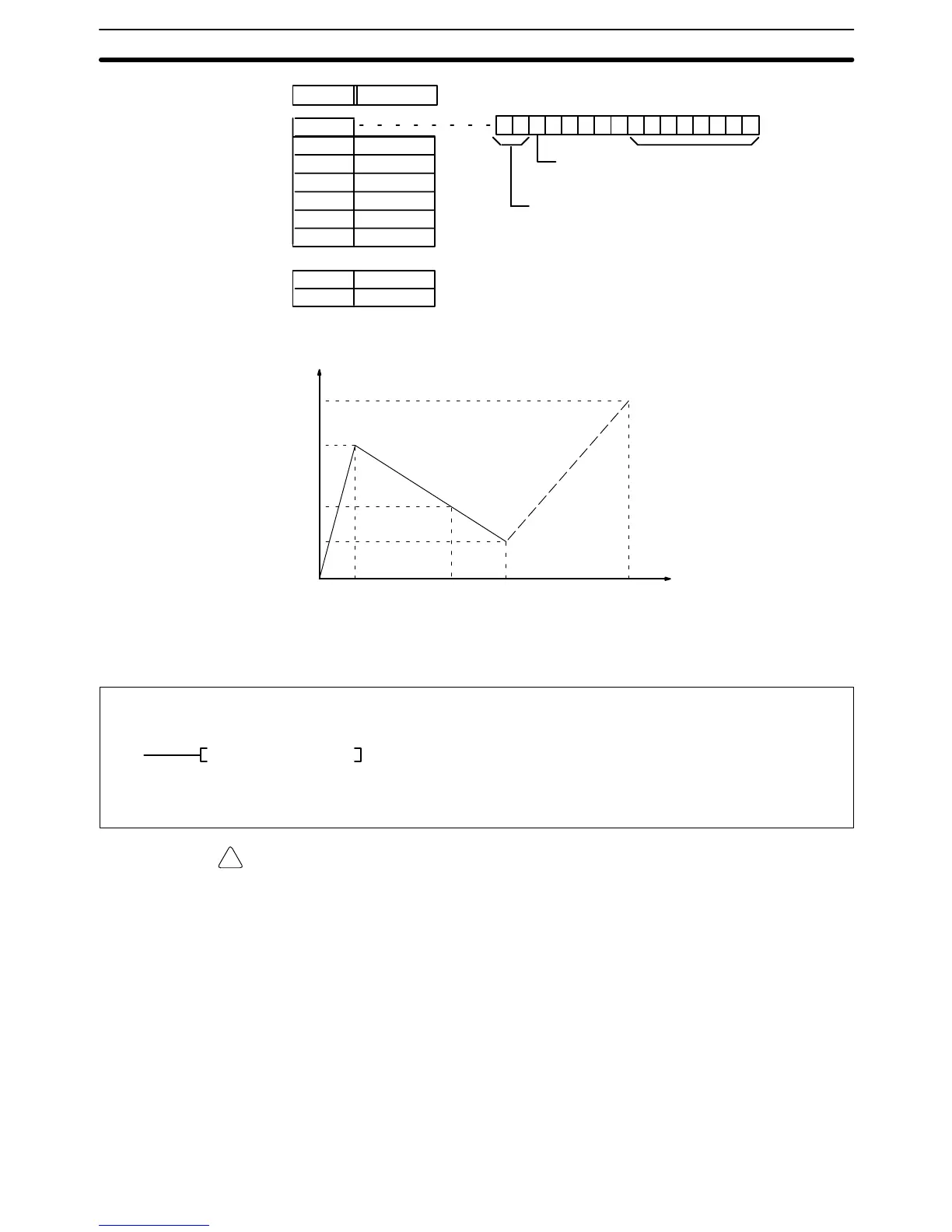